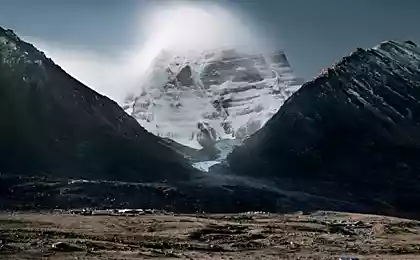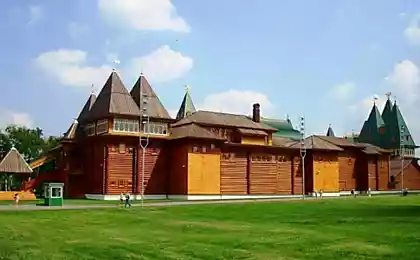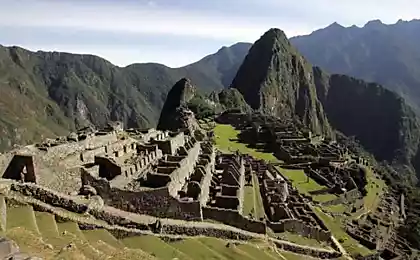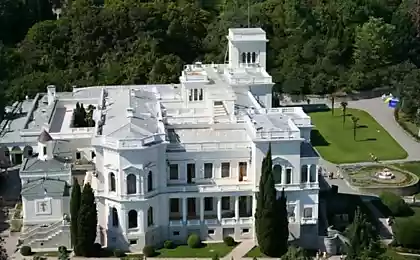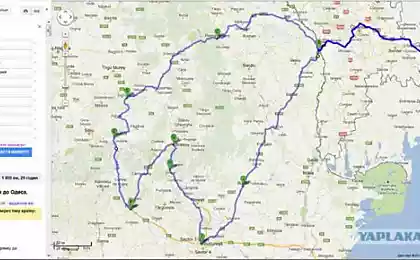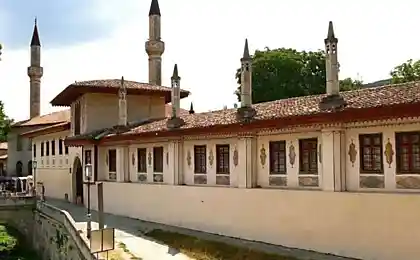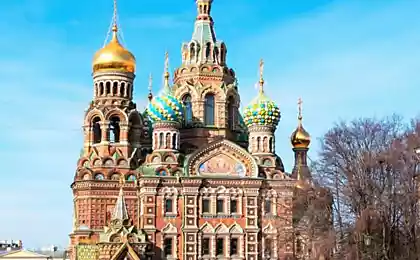2310
Potala Lhasa Palace, Tibet

The Potala Palace is located in the city of Lhasa in Tibet. The palace is located at an altitude of 3700 m on the Red Hill (Marpo Ri) in the middle of the Lhasa Valley. This is the royal palace and Buddhist temple complex, which was the main residence of the Dalai Lama until the flight of the Dalai Lama XIV to Daramsala (India) after the Chinese invasion of Tibet in 1959. The palace is located on a high hill above the city. The total area of the palace complex is 360 thousand square meters. The name of the palace comes, apparently, from the legendary Mount Potala, on which the Bodhisattva Chenrezi (Avalokiteshvara), who is represented on earth by the Dalai Lama, lives.
In 637, King Songtsen Gampo of Tibet erected the first building in the place where he used to meditate. When he decided to make Lhasa his capital, he built a palace. After his betrothal to the Chinese princess Wen Cheng, he expanded the palace to 999 rooms, erected walls and towers, and dug a bypass canal. In the second half of the VIII century, lightning struck the palace and wooden buildings burned down, then due to internecine wars, the palace collapsed. Now only Fa-Wana Cave and Pabalakan Hall have survived from the original buildings.
The palace in its modern form began to be built in 1645 on the initiative of the Dalai Lama V. After three years of construction, the White Palace (Potrang Karpo) was completed and Potala became the winter residence of the Dalai Lamas. The Red Palace (Potrang Marpo) was completed between 1690 and 1694. The White Palace consists of a large eastern pavilion, a sun pavilion, residential quarters of the Dalai Lama’s regent and mentor, and government offices. The Grand Oriental Pavilion was used for official ceremonies, in the Solar Pavilion the Dalai Lama actually lived and worked, read sacred texts, was engaged in management. The Red Palace served as a place of prayer and religious rituals. Today, the Potala Palace is a museum actively visited by tourists, remaining a place of pilgrimage for Buddhists and continuing to be used in Buddhist rituals.




